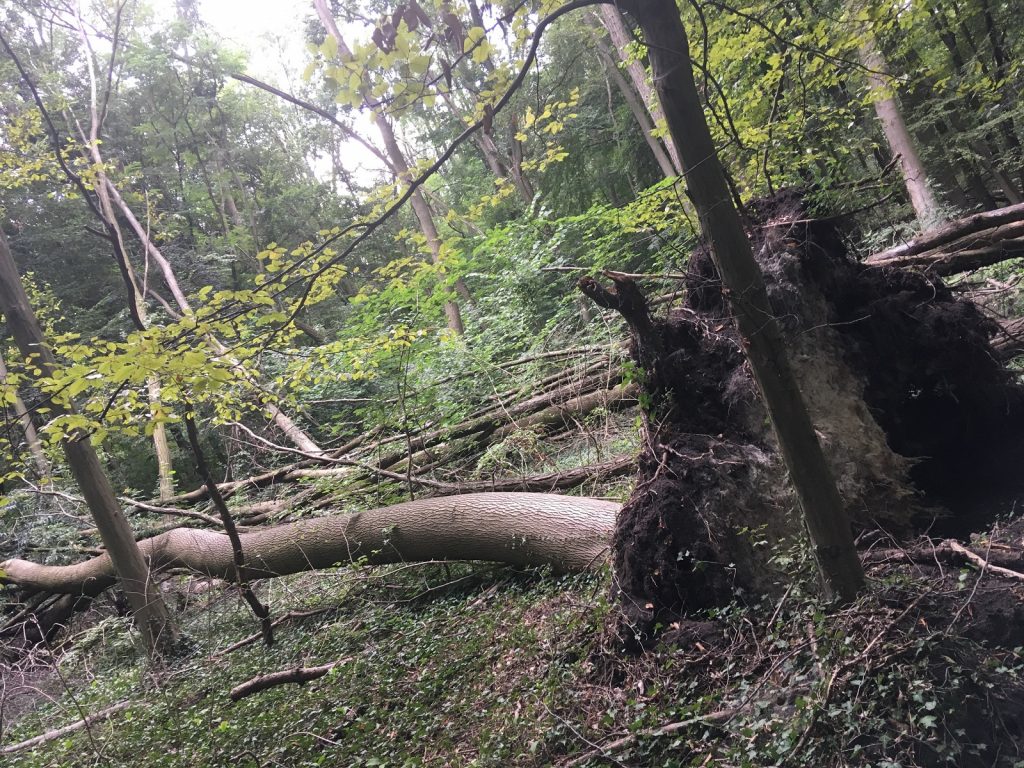The https://english.atlatszo.hu use cookies to track and profile customers such as action tags and pixel tracking on our website to assist our marketing. On our website we use technical, analytical, marketing and preference cookies. These are necessary for our site to work properly and to give us inforamation about how our site is used. See Cookies Policy
Ash dieback: native Hungarian tree species endangered on thousands of hectares
A parasite of the ash trees has become one of the most important forest protection problems in Europe today. Althougt the disease was identified in Hungary in 2008, the government did not do anything to save the species. The disease caused serious damage in the Hungarian woods, and there is no light at the end of the tunnel.

Ash dieback affects ash trees and is caused by the fungus Hymenoscyphus fraxineus (previously known by the names Chalara fraxinea and Hymenoschyphus pseudoalbidus). It kills the leaves, then the branches, trunk and eventually the whole tree.
According to data obtained from the National Forest Inventory System, damage was detected on 2176 hectares in Hungary in 2018, of which 1,500 hectares were completely destroyed.
There are currently no effective strategies for managing the disease, and most countries which have tried to control its spread have failed. However, one approach gives some hope: to take branches from resistant trees and graft them to rootstock to produce seeds of resistant trees in a controlled environment.
But this process and more research would need financial support from the government.
Althougt the disease was identified in Hungary in 2008, and since then several scientific studies have been written about the subject, the issue did not even reach the Hungarian Parliament. Átlátszó checked the parliamentary speeches from 1990 to nowadays, and found out that non of them has mentioned the problem of the lethal disease of ash trees.
We asked the Ministry of Agriculture what did they do to solve the problem, and what amount they spent (or intend to spend in the future) on protection, but they did not answer our questions.
The situation is even worse in Britain, where experts have calculated a multibillion-pound bill for the disease, with the costs expected to be more than £7bn in the next 10 years. The biggest amount will be from the loss of benefits that woods and trees provide, such as clean air and water and storing carbon dioxide.
Clean-up costs, such as dangerous trees falling on roadsides, railway lines and in towns and cities, would be about £4.8bn. There will also be costs of replanting and research, and loss of profits for the forestry sector. The total bill is estimated to come in at £14.8bn over 100 years, with half of that, £7.6bn, falling within a decade. It the estimated total £15bn will be correct, then that will a third more than the reported cost of the foot-and-mouth disease outbreak in 2001.
The UK Department of the Environment has spent about £ 6 million on research, including the breeding of resistant varieties, since the outbreak of the disease (2012) and an additional £ 4.5 million to strengthen border controls.
On the other hand, we have no information on what the governments of Hungary have done to protect the ash. At the moment it looks like nothing.
Written and translated by Eszter Katus
You can read the original, Hungarian language story here.


